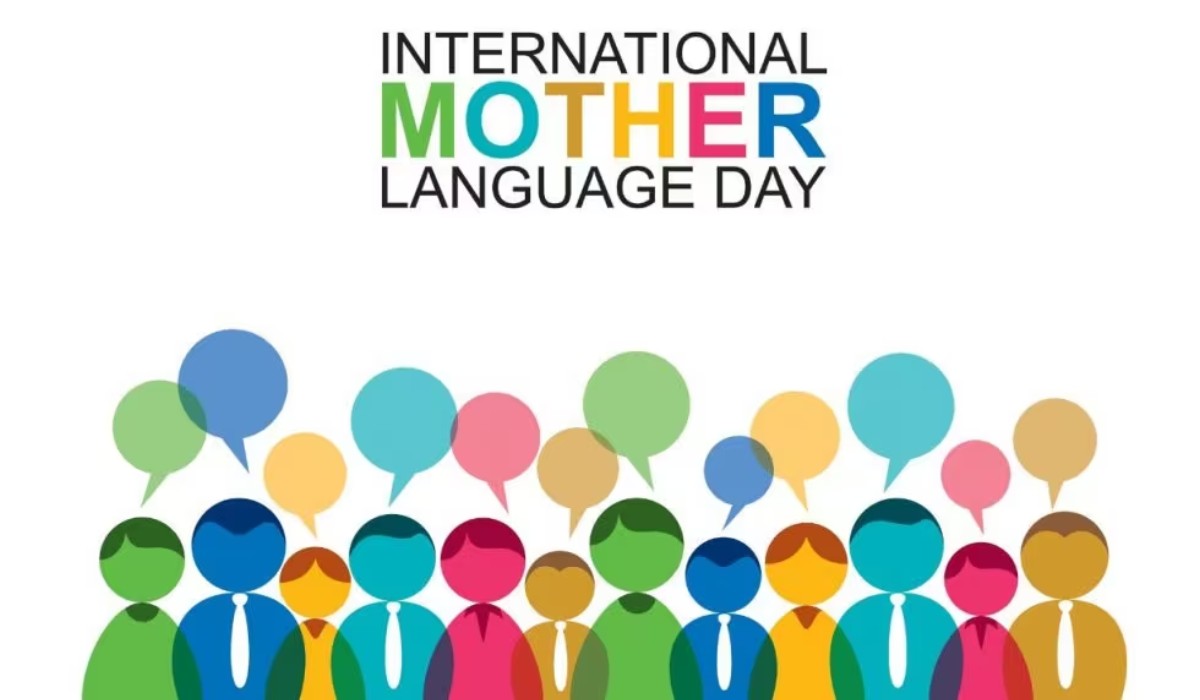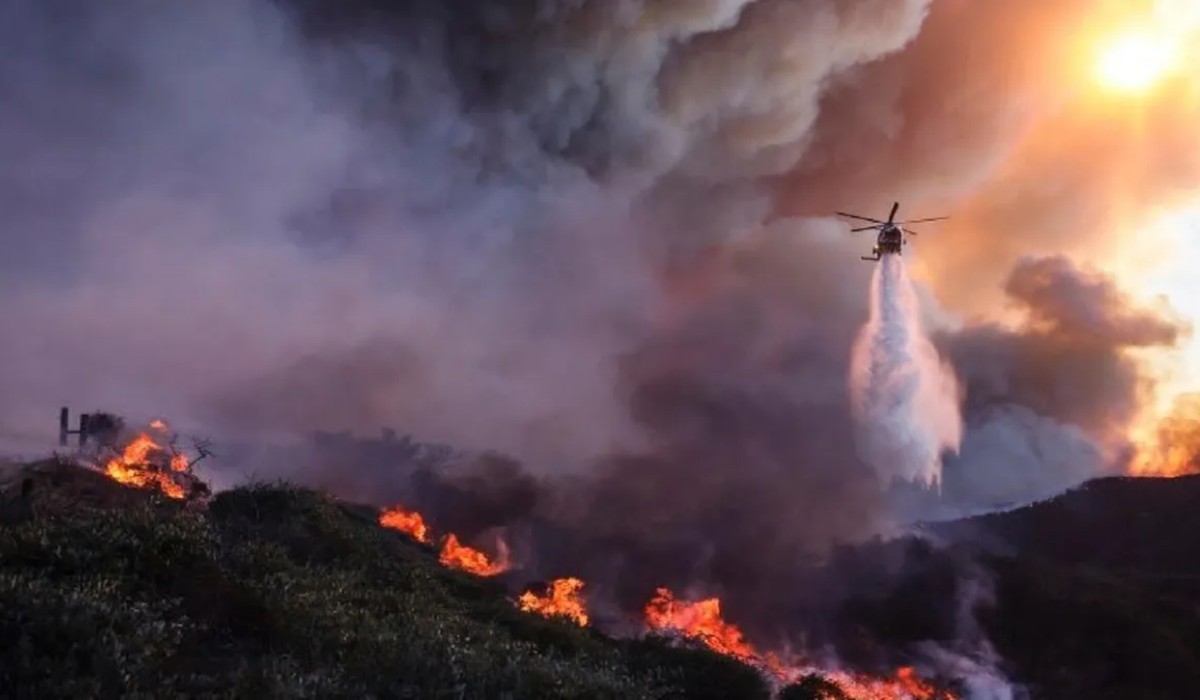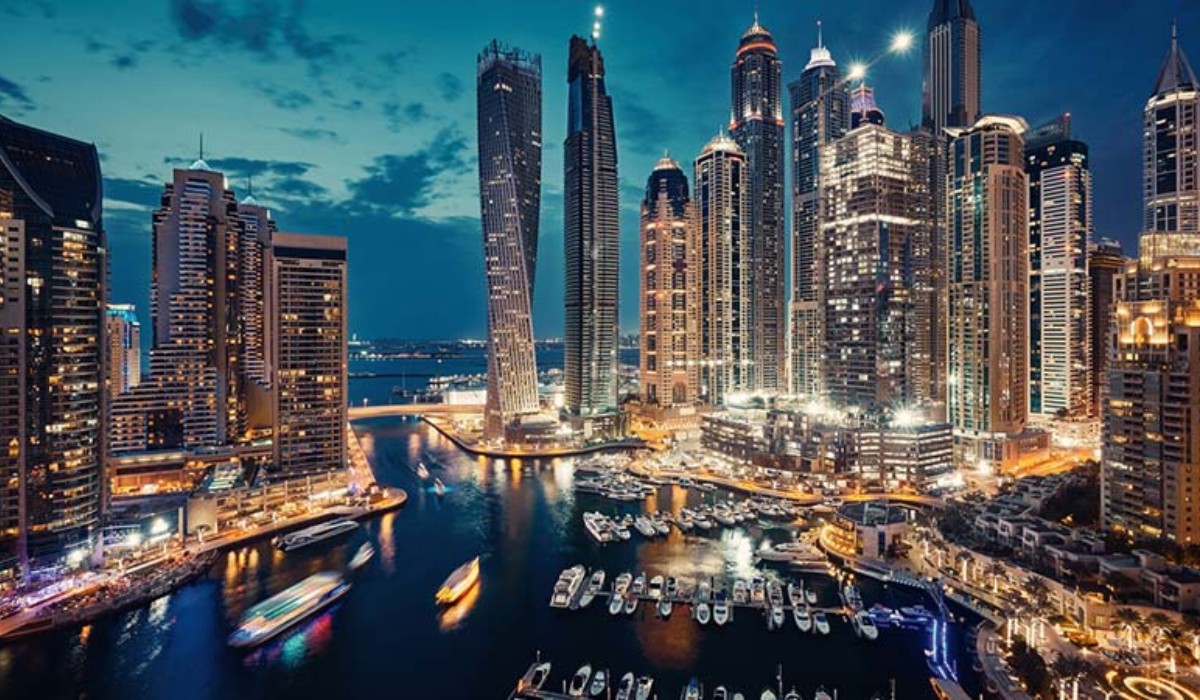Languages serve as the cornerstone of human communication, enabling us to express thoughts, emotions, and ideas in diverse and nuanced ways. As we traverse the globe, we encounter a rich tapestry of languages, each with its own unique history, structure, and cultural significance. From the melodic tones of Mandarin Chinese to the rhythmic flow of Spanish, and the intricate scripts of Arabic to the tonal complexities of Vietnamese, languages offer a window into the soul of a community, reflecting its values, traditions, and worldview.
Also Read: Indian Brands Making Waves Globally: A Showcase of Excellence
7,000 languages spoken around the world today
One of the most striking aspects of language diversity is its sheer magnitude. It is estimated that there are over 7,000 languages spoken around the world today, ranging from major global languages spoken by millions to endangered languages with only a handful of speakers left. This linguistic diversity is a testament to the resilience and creativity of human expression, as communities adapt and evolve their language over time.
Also Read: लोकप्रिय रेडियो होस्ट अमीन सयानी का हुआ 91 साल की उम्र में निधन
The Power of Language Around the Globe
At the heart of language lies its power to unite or divide. While language can serve as a bridge that connects people across cultures and borders, it can also be a barrier that separates individuals and communities. The choice of language can shape our perceptions of the world and influence our interactions with others. In multilingual societies, language policies play a crucial role in promoting linguistic harmony and preserving cultural heritage.
Also Read: Celebrating the Legacy of Shivaji Maharaj on Shivaji Jayanti
Safeguarding Linguistic Diversity
In recent years, there has been growing recognition of the importance of preserving endangered languages, which are at risk of disappearing as younger generations adopt dominant languages or migrate to urban centers. Efforts to document, revitalize, and promote endangered languages are underway in many parts of the world, driven by a desire to safeguard linguistic diversity and promote cultural identity.
Also Read: Beat the Heat: Cooling Fruits to Enjoy During Indian Summers
Harnessing Technology for Language Preservation and Connectivity
Technology has also played a transformative role in shaping the landscape of language use and preservation. Digital tools and platforms have made it easier for speakers of minority languages to connect with each other, access educational resources, and share their linguistic heritage with a global audience. Machine translation technologies have made significant strides in breaking down language barriers and facilitating cross-cultural communication.
Navigating Challenges to Linguistic Diversity and Inclusivity
Despite these advancements, challenges remain in ensuring linguistic diversity and inclusivity. Economic globalization, urbanization, and migration are reshaping linguistic landscapes, leading to language shift and endangerment. Language discrimination and marginalization continue to affect minority language speakers, limiting their access to education, employment, and social services.
Also Read: Exploring the Diverse Flavors of Tea: A Journey Through Market Offerings
Embracing Linguistic Diversity on International Mother Language Day
As we celebrate International Mother Language Day, let us reaffirm our commitment to preserving and promoting linguistic diversity as a source of strength and richness for humanity. Let us embrace the languages that resonate with our hearts and honor the languages spoken by our ancestors. By valuing and respecting all languages, we can build a more inclusive and equitable world where every voice is heard and valued.
Also Read: चंडीगढ़ मेयर चुनाव: सुप्रीम कोर्ट ने कहा-निशान लगे बैलेट पेपर भी गिने जाएंगे
In conclusion, languages are not just a means of communication; they are a reflection of our shared humanity and cultural heritage. Let us celebrate the beauty of language diversity and work together to ensure that every language has a place in the global tapestry of human expression.











